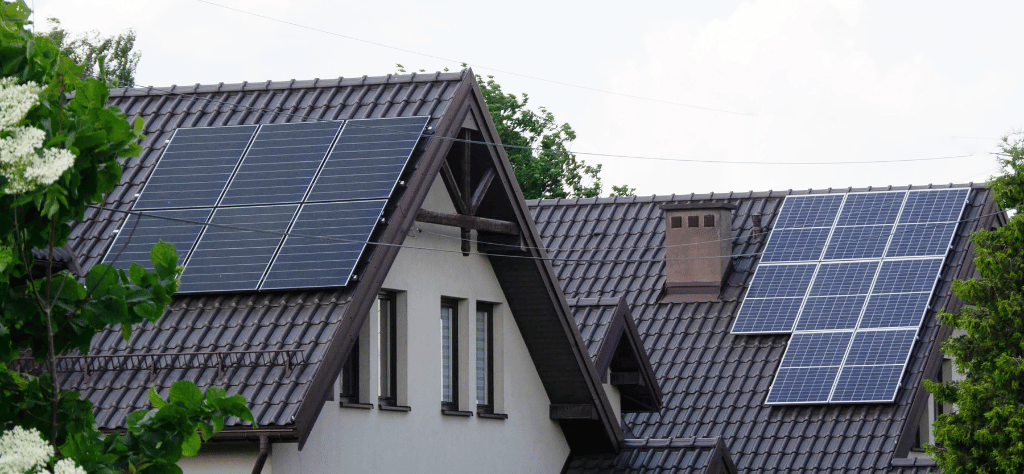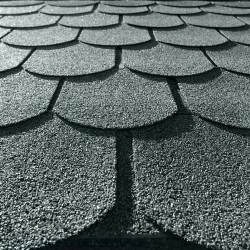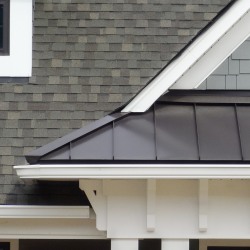
Raising the Roof: The Evolution of Modern Roofing Solutions
Roofing serves as the crown of a home, providing protection, insulation, and aesthetic appeal. Over the years, roofing materials and techniques have evolved significantly to meet the changing needs and preferences of homeowners. In this article, we’ll explore the evolution of modern roofing solutions, from traditional materials to innovative technologies, and how they continue to shape the roofing industry today.
Traditional Roofing Materials
In the early days of home construction, roofing materials were limited to natural resources like thatch, wood, and clay tiles. Thatch roofs, made from straw or reeds, were common in ancient civilizations due to their availability and ease of construction. Wood shingles, cut from cedar or pine, became popular in Europe and North America for their durability and rustic charm. Clay tiles, crafted from natural clay and fired in kilns, offered a durable and fire-resistant option for Mediterranean-style homes.
The Rise of Asphalt Shingles

The 20th century brought significant advancements in roofing materials, most notably the rise of asphalt shingles. Asphalt shingles, made from a base of fiberglass or organic material coated with asphalt and mineral granules, quickly became the most popular roofing choice in North America. Their affordability, ease of installation, and wide range of styles and colors made them a practical option for homeowners across the country. Today, asphalt shingles remain a staple in the roofing industry, accounting for the majority of residential roofs in the United States.
Innovations in Roofing Technology
In recent years, roofing technology has seen remarkable advancements aimed at improving durability, energy efficiency, and sustainability. Metal roofing, once reserved for commercial buildings and industrial structures, has gained popularity in residential construction for its longevity and eco-friendliness. Metal roofs, made from steel, aluminum, or copper, offer exceptional durability, fire resistance, and recyclability, making them a sustainable choice for environmentally conscious homeowners.
Green Roofing Solutions
Another emerging trend in roofing is the adoption of green roofing solutions, which involve the installation of vegetation and plant life on the roof surface. Green roofs offer a range of environmental benefits, including improved air quality, reduced energy consumption, and stormwater management. They also provide insulation, extending the lifespan of the roof and reducing heating and cooling costs for the building. While green roofs require specialized design and installation, they offer a unique and sustainable solution for urban environments.
The Future of Roofing

As technology continues to advance, the future of roofing holds exciting possibilities. Innovations such as solar roofing tiles, which integrate photovoltaic cells into the roof surface, offer homeowners a renewable energy source while maintaining the aesthetic appeal of traditional roofing materials. Additionally, advancements in materials science may lead to the development of new roofing materials that are even more durable, energy-efficient, and environmentally friendly than those currently available.
The evolution of modern roofing solutions reflects the ongoing quest to balance functionality, durability, and aesthetics. From traditional materials like thatch and clay tiles to innovative technologies like metal roofing and green roofs, the roofing industry continues to evolve to meet the changing needs and preferences of homeowners. As we look to the future, the possibilities for roofing are endless, offering exciting opportunities to create homes that are both beautiful and sustainable.
Experience the evolution of modern roofing solutions with RoofWorx. Contact us today to learn more about our roofing options and schedule a consultation with our team of experts.
